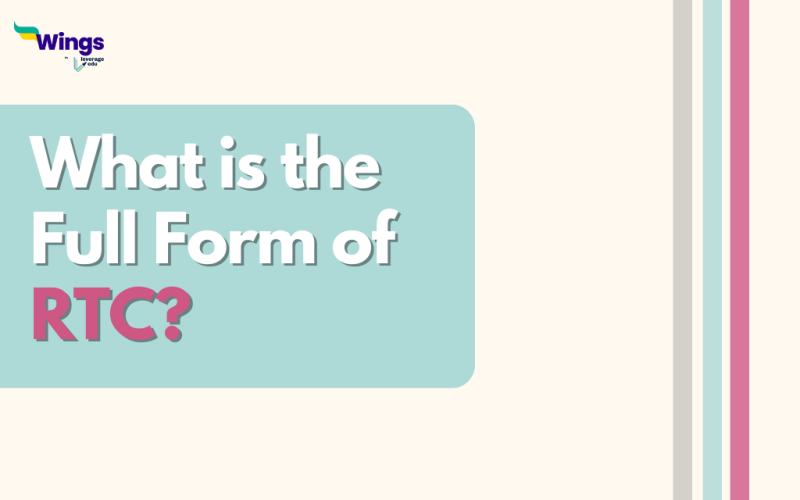RTC full form is Real Time Clock. It is an electronic device that is used for counting the time of the day. RTCs are present in almost all electronic devices that need to keep track of the time in a day in some or the other way. Hence it is often used in servers, personal computers, and embedded systems.
What is a Real Time Clock?
Table of Contents
The main component of a real-time clock (RTC), which is used to keep time on computers, is an integrated circuit. It is obviously useful to keep track of the time of the day. An RTC is a component of any electronic device that needs accurate time control, including servers, embedded systems, and personal computers. A computing device must have the ability to work even when the system’s main power source is turned off, whether it uses a battery or a different energy source.
Also Read – What is the Full Form of OCP?
History of Real-Time Clock
Real-time clocks were incorporated into specialist computer systems including PDP-8s, IBM System/360s, and Novas as a less expensive and more accurate timekeeping method than software versions. Using a precise clock to keep track of computing operations and processes has long been an essential part of computer architecture. Due to Dallas Semiconductor’s materials, the RTC module first appeared in 1988. As a result of China’s component manufacturing industry, they swiftly gained popularity.
Advantages of Real-Time Clock
The Advantages of Real-Time Clocks are as follows:
- Frequency stability and power consumption are enhanced by the usage of a self-reliant power source
- RTCs are considered to be more reliable than software clocks.
- Anywhere a gadget needs to use precise and real-time time, RTC modules are present.
- Real-time clocks are a common component in a variety of electronics, including PCs, servers, consumer goods, and internet-of-things devices.
- RTC is incredibly helpful in robotics for precisely calculating motion.
- Numerous electrical and electronic projects employ RTC.
Also Read – What is the Full Form of VPP?
Characteristics of real-time clocks
Listed below are the characteristics of Real Time Clock:
- Since an RTC is normally powered by a tiny battery, it can continue to keep time even if the main power source is lost.
- The current time can be obtained from an RTC with excellent accuracy, frequently to a few microseconds.
- A conventional RTC can keep track of the time, date, day of the week, month, and year in addition to the current time and date.
- An RTC can be an independent gadget or integrated into various systems or gadgets, like the motherboard of a computer or a smartphone.
- To accommodate a larger range of applications, an RTC may offer other functionality like an alarm or a timer.
- A RTC is frequently made to automatically adapt to time changes brought on by DST or other time zone shifts.
- An RTC can usually function in a variety of temperatures and settings, including harsh ones.
- To avoid unauthorized changes to the time or date, an RTC is frequently built to be tamper-resistant.
Also Read – What is the Full Form of UPS?
Application of RTC
- Real-time clock modules are incorporated in any device that requires precise and up-to-date timekeeping.
- They are found in everything from personal computers and servers to everyday items and smart home devices, covering a broad spectrum of electronic products.
- In the field of robotics, real-time clocks are crucial in determining accurate movements.
- Real-time clock modules are utilized in numerous electrical and electronic projects.
Popular Full Forms
We hope this blog has helped you understand the RTC full form and everything related to it. If you want to know more, find the 300+ full forms list on our blog. In the world of short forms, you can rely on the Leverage edu page to know about more full forms like this! Connect with us study abroad experts to achieve your international dream today!
 One app for all your study abroad needs
One app for all your study abroad needs













